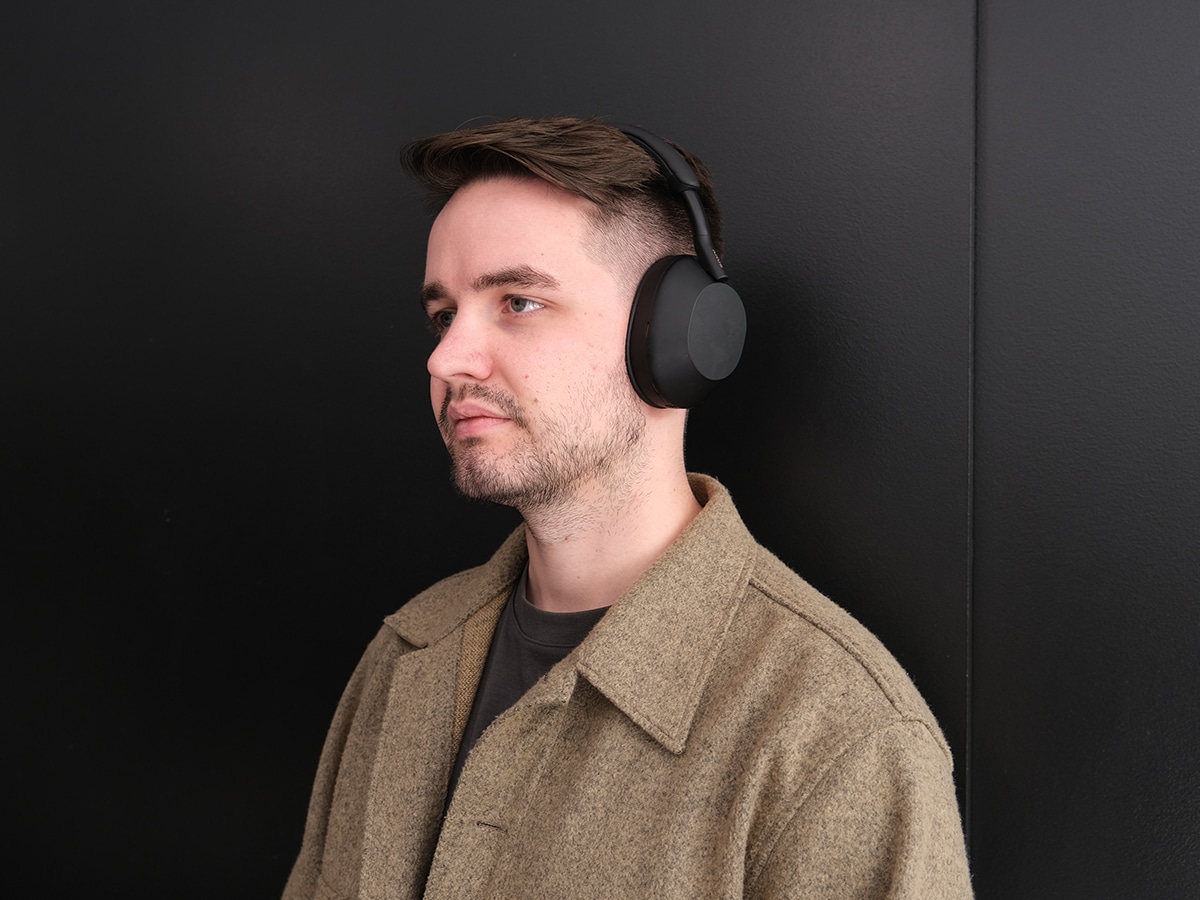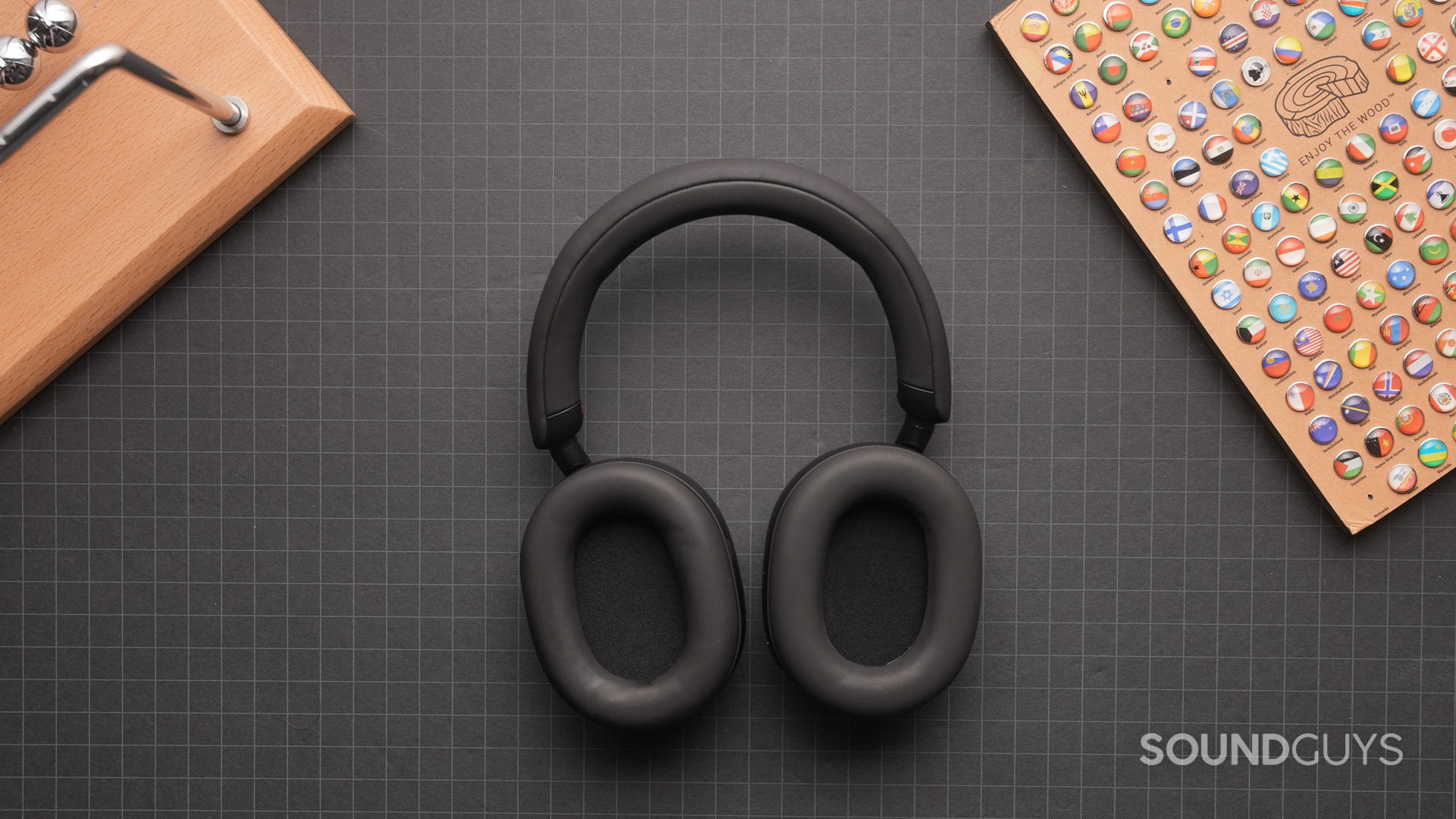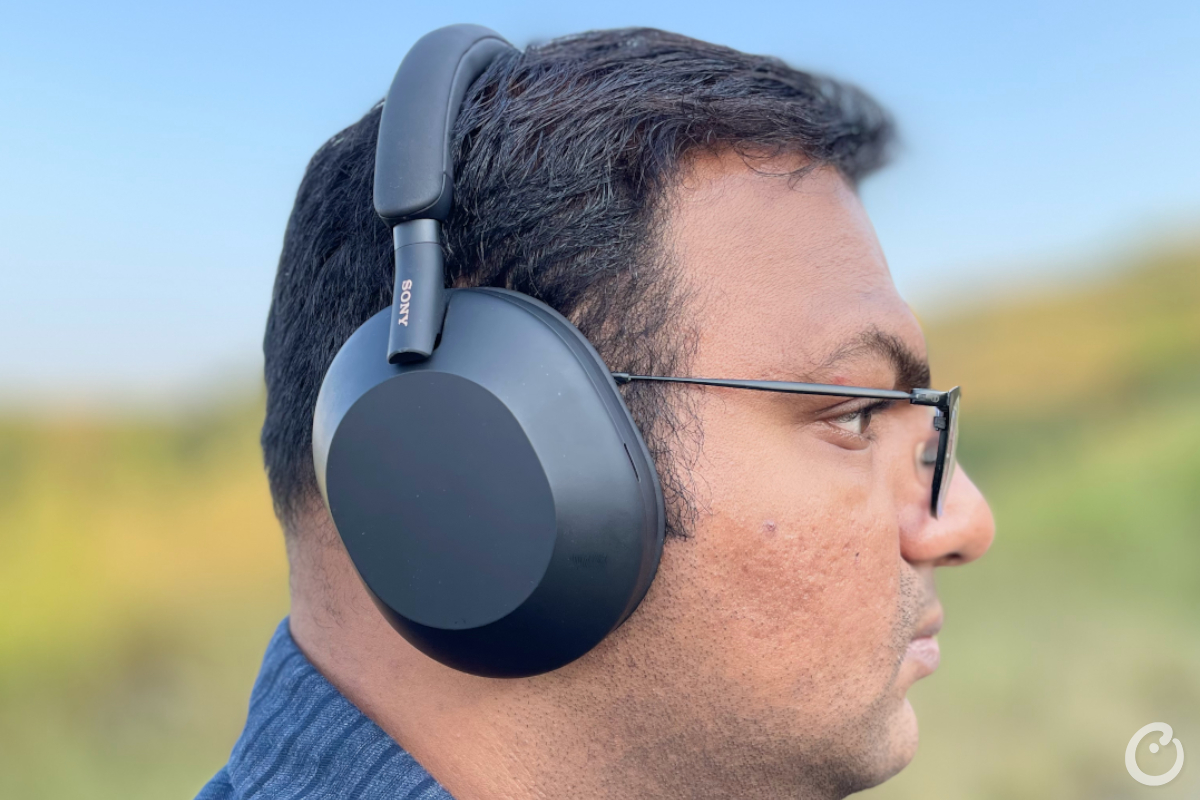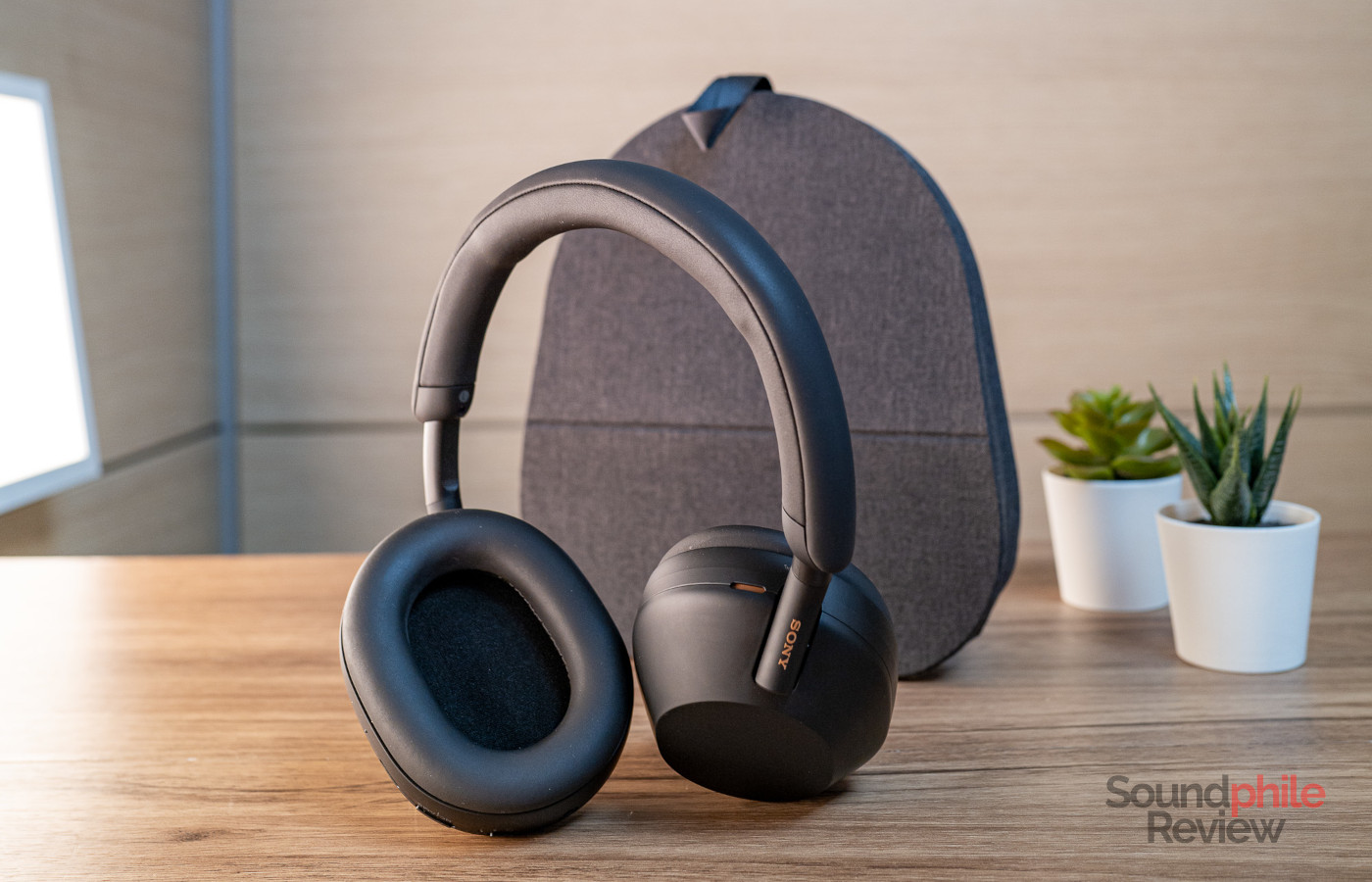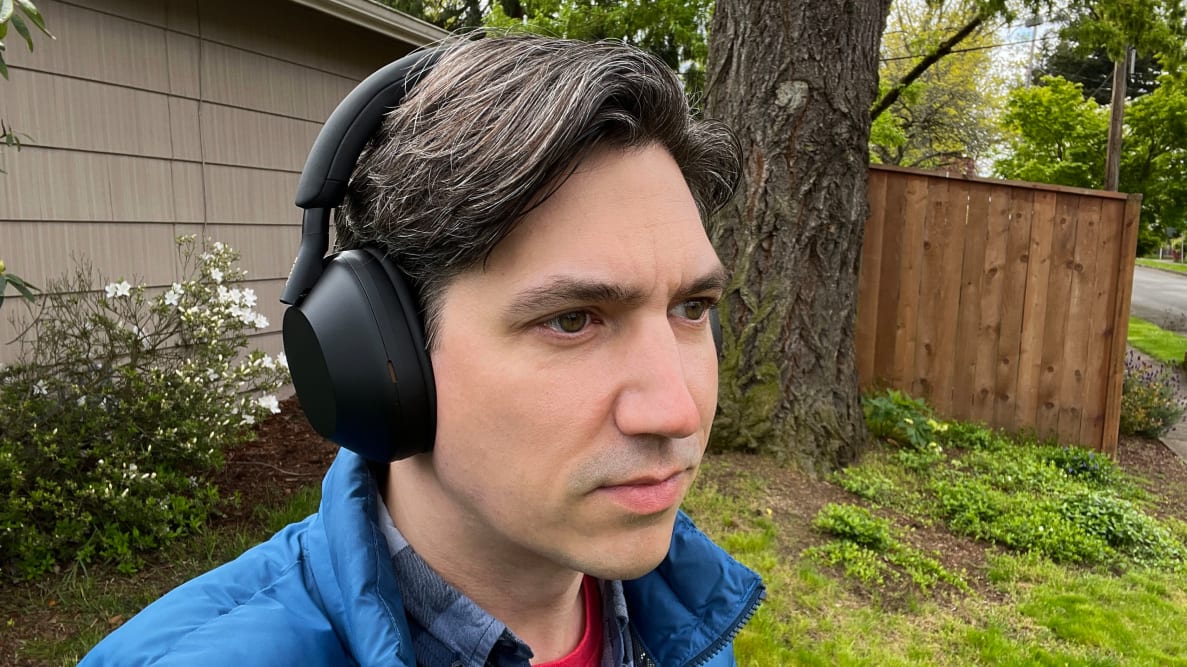Uncover the Sony WH-1000XM5 review, the newest addition to Sony's renowned 1000X-series of noise-cancelling headphones. Experience enhanced sound performance, advanced noise cancellation, and a stylish new design. Explore the features and performance of the XM5s in our comprehensive review.
Innholdsfortegnelse
The Sony WH-1000XM5 wireless headphones are the latest addition to Sony's highly acclaimed 1000X-series of noise-cancelling headphones. With each iteration, Sony has managed to improve upon the sound quality, noise-cancelling capabilities, and overall design of their flagship headphones. The XM5s are no exception, offering a significant jump in sound performance while featuring a sleek and stylish new design.
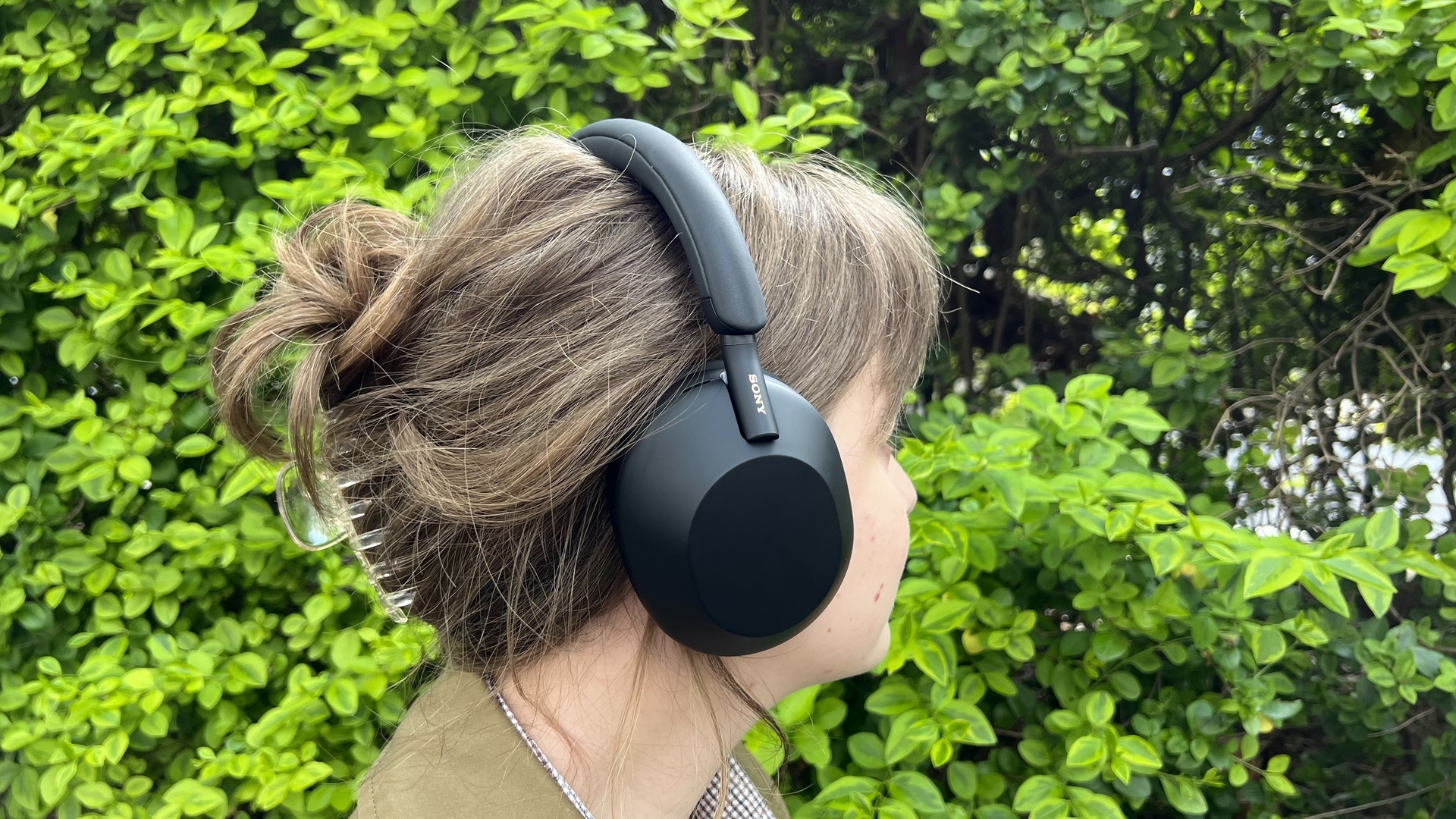
Design and Price
The Sony WH-1000XM5 headphones feature a new "noiseless design" that aims to minimize wind noise and provide a more seamless and streamlined look. The design changes are significant compared to its predecessor, the XM4. However, these changes may not be suitable for those who prioritize durability or use their headphones in gym or rainy environments.
The price of the WH-1000XM5 has seen a slight increase compared to the previous generation, with a suggested retail price of 5000 kroner. This higher price tag reflects Sony's position as a leader in the noise-cancelling headphone market, but also raises expectations for exceptional performance.

Sound Quality and Noise Cancellation
One of the standout features of the Sony WH-1000XM5 headphones is their impressive sound quality. Sony has managed to push the boundaries of sound performance, delivering a significant improvement over the XM4 model. The XM5s provide a rich and immersive audio experience, with enhanced clarity and detail across various frequencies.
The noise-cancelling capabilities of the WH-1000XM5 are also top-notch. Sony's advanced noise-cancelling technology effectively blocks out unwanted ambient sounds, allowing you to fully immerse yourself in your music or audio content. Whether you're in a noisy office or a crowded street, the XM5s will provide a tranquil listening experience.
Se også
Battery Life and Controls
The Sony WH-1000XM5 headphones offer a battery life of up to 30 hours with active noise-cancelling enabled. While this may not be the longest battery life in the market, it is still impressive considering the powerful performance and features of the headphones. The XM5s also support quick charging, allowing you to get several hours of playback time with just a few minutes of charging.
Controlling the WH-1000XM5 is intuitive and convenient. The headphones feature touch-sensitive controls on the earcups, allowing you to adjust volume, skip tracks, and activate voice assistance with simple gestures. Additionally, the headphones come with a companion app that provides customization options and access to additional features.
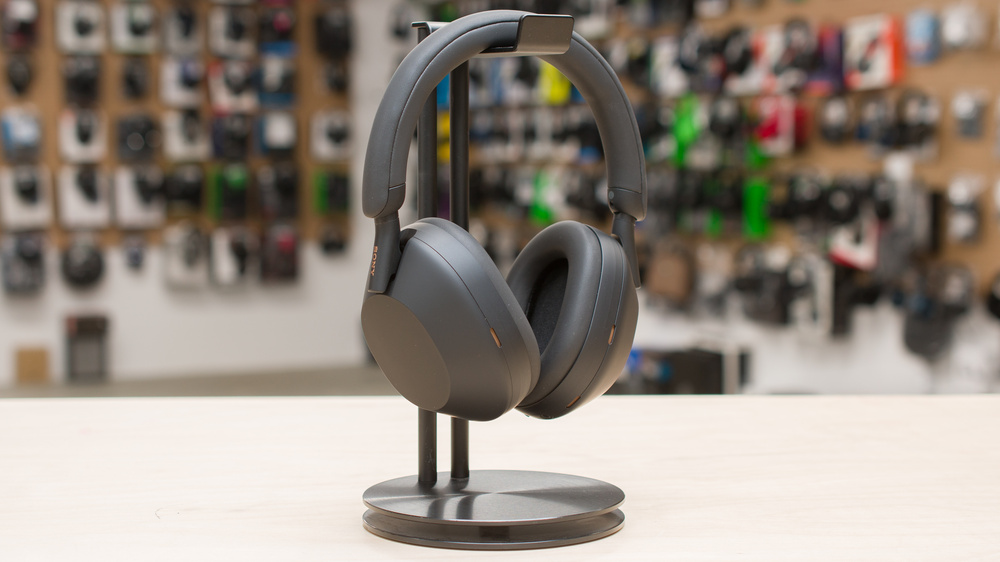
Comparison and Alternatives
When comparing the Sony WH-1000XM5 to its predecessor, the XM4, the XM5s offer a noticeable improvement in sound quality and design. The XM5s also compete with other high-end noise-cancelling headphones in the market, such as the Bose 700 and Sennheiser Momentum 3 Wireless. Each model has its own strengths and it ultimately comes down to personal preference and priorities.
If you prefer a more compact and portable option, Sony offers the WF-1000XM4 wireless earbuds. These earbuds provide excellent noise-cancellation and sound performance in a smaller form factor.

Conclusion
The Sony WH-1000XM5 headphones are a triumph in sound performance and noise-cancelling technology. While the higher price tag may deter some potential buyers, the XM5s deliver on their promise of exceptional audio quality and a truly immersive listening experience. Whether you're a music enthusiast, frequent traveler, or someone who simply appreciates high-quality headphones, the Sony WH-1000XM5 is a top contender in the market.
Se også
Hva vil Wiki fortelle oss?
Noise-cancelling headphones are a special type of headphones which suppress unwanted ambient sounds using active noise control. This is distinct from passive headphones which, if they reduce ambient sounds at all, use techniques such as soundproofing.
Noise cancellation makes it possible to listen to audio content without raising the volume excessively. In the aviation environment, noise-cancelling headphones increase the signal-to-noise ratio significantly more than passive noise attenuating headphones or no headphones, making hearing important information such as safety announcements easier.
To cancel the lower-frequency portions of the noise, noise-cancelling headphones use active noise control or ANC. A microphone captures the targeted ambient sounds, and a small amplifier generates sound waves that are exactly out of phase with the undesired sounds. When the sound pressure of the noise wave is high, the cancelling wave is low (and vice versa). The opposite sound waves collide and are eliminated or "cancelled" (destructive interference).
Noise-cancelling headphones often combine sound isolation with ANC to maximize the sound reduction across the frequency spectrum. Noise cancellation can also be used without sound isolation to make wanted sounds (such as voices) easier to hear. Noise cancellation to eliminate ambient noise is never passive because of the circuitry required, so references to passive noise cancellation actually are referring to products featuring sound isolation.
Noise-cancelling headphones specify the amount of noise they can cancel in terms of decibels. This number may be useful for comparing products but does not tell the whole story, as it does not specify noise reduction at various frequencies.
By the 1950s, Dr. Lawrence Jerome Fogel created systems and submitted patents regarding active noise cancellation in the field of aviation. This system was designed to reduce noise for the pilots in the cockpit area and help make their communication easier and protect hearing. Fogel is considered to be the inventor of active noise cancellation, and he designed one of the first noise-cancelling headphones systems.
Several airlines provide noise-cancelling headphones in their business and first-class cabins. Bose started supplying American Airlines with noise-cancelling headphones in 1999 and started offering the "Quiet Comfort" line for the general consumer in 2000. Noise cancelling is particularly effective against aircraft engine noise.


